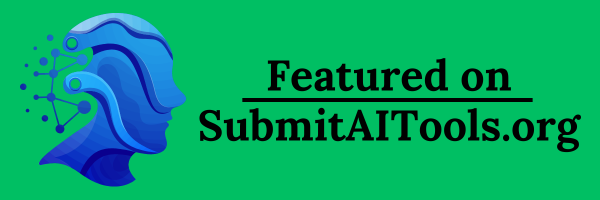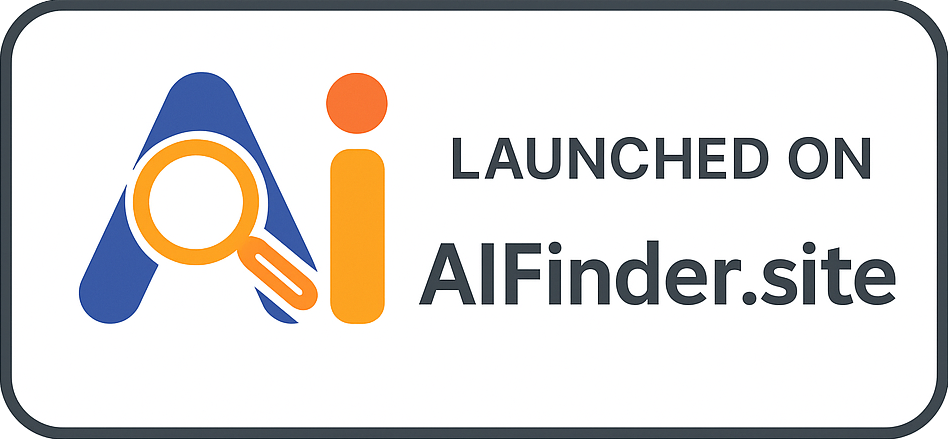Social Media Analytics
Social Media Analytics involves the collection and analysis of data from social media platforms to evaluate the effectiveness of marketing strategies, understand audience behavior, and enhance engagement.
Frequently Asked Questions
What is Social Media Analytics?
Social Media Analytics is the process of gathering, measuring, and analyzing data from social media platforms to derive insights about performance, audience engagement, and overall effectiveness of social media strategies.
Where is Social Media Analytics used?
Social Media Analytics is used by brands and marketers across major social media platforms such as Facebook, Instagram, Twitter, LinkedIn, and TikTok to track metrics like engagement rates, audience growth, and content performance.
When should Social Media Analytics be utilized?
Social Media Analytics should be utilized continuously throughout an influencer marketing campaign to assess real-time performance, identify trends, and make informed adjustments for optimal results.
Why is Social Media Analytics important?
Social Media Analytics is vital as it helps brands understand what content resonates with their audience, optimize strategies for better engagement, measure ROI, and ultimately make data-driven decisions to enhance overall marketing efforts.
How can Social Media Analytics be implemented effectively?
To implement Social Media Analytics effectively, brands should set clear goals, choose the right analytics tools, monitor key performance indicators (KPIs), analyze the data systematically, and adjust their strategies based on insights gained.
Key Takeaways
In the realm of influencer marketing, Social Media Analytics is essential for measuring success and fostering informed decisions. By leveraging data-driven insights, brands can fine-tune their approaches, enhance content effectiveness, and optimize audience engagement, ultimately driving greater impact in their campaigns.
Hot Glossary Terms
Influencer Marketing
Influencer Marketing is a strategy that leverages the influence of individuals with large followings on social media to promote products or services, aiming to reach a targeted audience effectively.
Social Media Marketing
Social Media Marketing refers to the use of social media platforms and websites to promote a product or service, encouraging user engagement and brand awareness through content creation and sharing.
Content Strategy
Content Strategy is a comprehensive plan aimed at creating, publishing, and managing high-quality content to achieve business goals and enhance user engagement.
Brand Partnerships
Brand Partnerships refer to collaborative relationships between two or more brands or influencers aimed at promoting mutual interests and achieving shared goals through combined marketing efforts.
Engagement Rate
Engagement Rate is a key performance metric in social media and influencer marketing that measures the level of interaction and engagement a piece of content receives from its audience.
Related Terms
Engagement Metrics
Engagement Metrics are critical measurements that indicate how actively and effectively an audience interacts with content, particularly in the context of social media and influencer marketing.
Pay Per Lead (PPL)
Pay Per Lead (PPL) is an online advertising model where advertisers pay for each lead generated by their marketing efforts, making it a cost-effective way to acquire potential customers.
Yearly Planning
Yearly Planning in the context of influencer marketing involves strategic roadmapping for the entire year to align marketing goals, campaign timelines, and influencer collaborations effectively.
Micro Influencer
Micro-Influencers are social media users who have a smaller but highly engaged following, typically ranging from 1,000 to 100,000 followers.
Influencer Marketing KPIs
Influencer Marketing KPIs (Key Performance Indicators) are measurable values that help brands assess the effectiveness of their influencer marketing campaigns, guiding strategy and decision-making.







